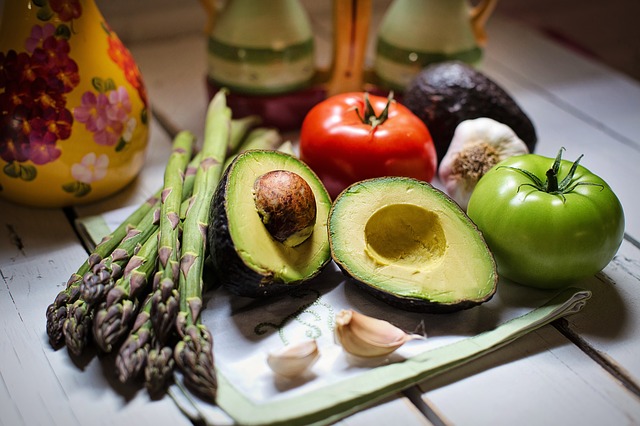KPMG: Essential household monthly costs rise by £145 since start of the year

New research published by KPMG has revealed how the rising cost of living has impacted household budgets so far this year, and the steps consumers are taking to manage rising prices.
In early September, KPMG surveyed 3000 UK consumers of varying household incomes, finding that essential household costs (food, energy, fuel, mortgage or rent) have risen by an average of £145.50 per month compared to when 2022 began.
The survey findings showed that the highest average monthly cost increase was amongst consumers aged 35-44, who reported paying £194.40 more a month than in January.
To manage those rising costs, consumers told KPMG how they are adapting with:
- A third buying more own brand / value products.
- A third buying more products on promotion / discount.
- A quarter switching brands.
- A quarter shopping at less expensive retailers.
- A quarter buying fewer items.
- One in five swapping eating out for premium home cook meals.
- One in ten spending more on credit.
When asked about their ability to still make non-essential purchases 24% said they had been buying more of the things they want in 2022, 34% said about the same amount as in 2021. At the same time, 26% said they had been buying less than in 2021, while 16% weren’t sure.
Reacting to the findings, Linda Ellett, UK head of consumer markets, retail and leisure, said: “Three thousand consumers told us, on average, that rising essential costs have left them £145 worse off a month compared to the start of the year. Of course, some households are already paying more than this average, and all households still have October’s energy price rise to manage.”
Those that have been buying less this year have most commonly been cutting back on eating out (59%), clothing (54%), and takeaways (51%) – the three most common areas of spending reduction from polling in April and December 2021.
On average, consumers that had savings at the start of 2022 have 43% remaining. Half of those polled are not currently using their savings to help meet their essential costs, but a third of consumers are having to. An additional one in ten have now spent all their savings on offsetting rising essential costs.
Ms Ellett added: “It’s clear that consumers are responding where they can - altering how much they buy, what they buy and where they buy it. Retailers are also responding and will need to continue to be data driven to anticipate and adapt to changes in demand.”
Value for money has been the most common consideration when purchasing throughout 2022, followed by quality, and then sustainability.
Environmental sustainability remains as much of a purchasing consideration as it was in 2021 for the majority of consumers. But despite the cost of living squeeze, a fifth of consumers are considering sustainability more this year when buying goods. Only 14% said it was less of a consideration.
Overall, a greater amount of the 3000 consumers said that they were feeling more secure (37%) than less secure (22%) in their financial circumstances than they were at the beginning of the year.
Ms Ellett concluded: “the increase in the proportion of consumers feeling more financially secure than they did at the start of the year, despite the rising costs, is surprising. But it could be the case that the actions they have taken to manage outgoings has improved confidence in being able to prepare for this cost of living squeeze.
“Increased certainty regarding energy costs will provide some further confidence. But unsurprisingly, in the face of rising costs, regardless of cutting back and searching out lower prices, some consumers are struggling to meet even essential costs. They feel less financially secure than when the year began and face a tough winter ahead.”









